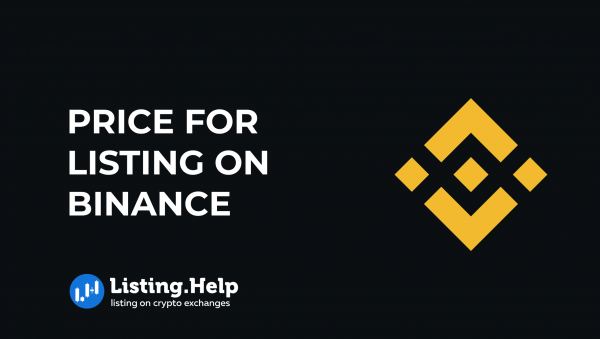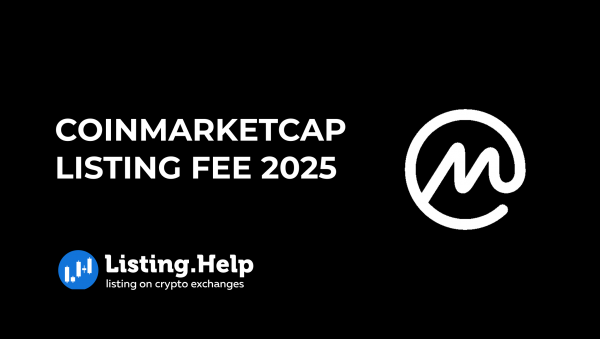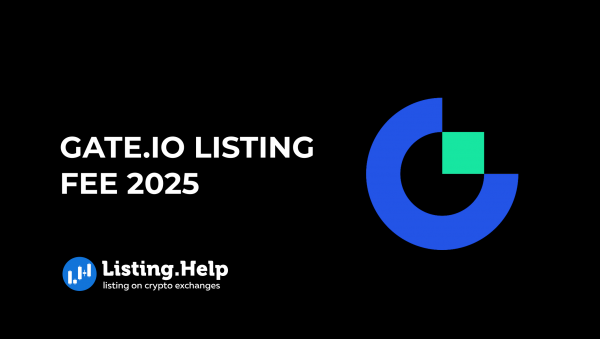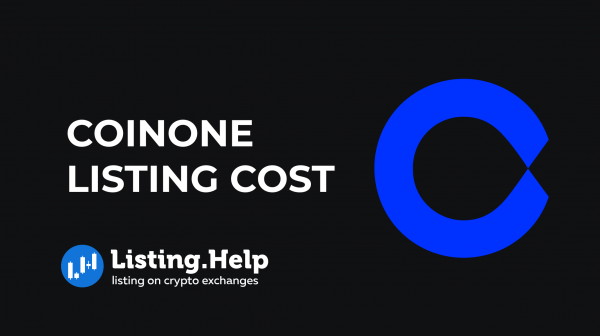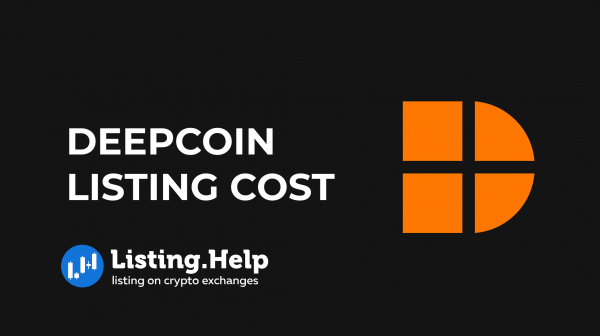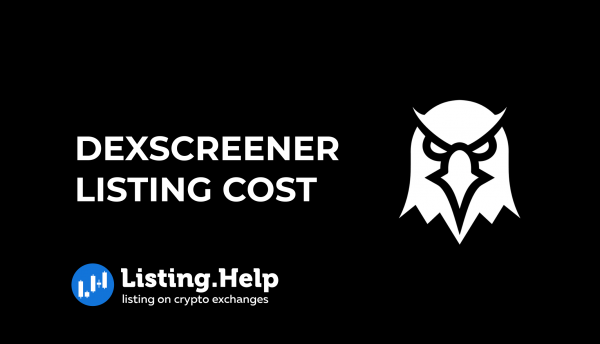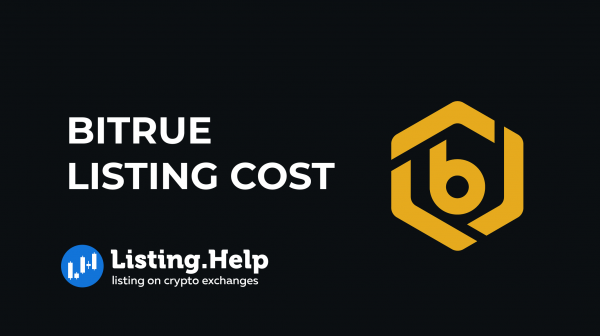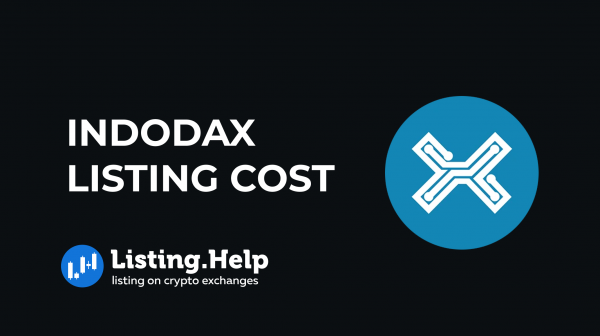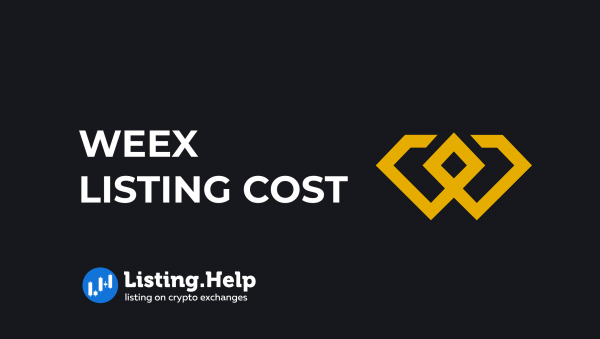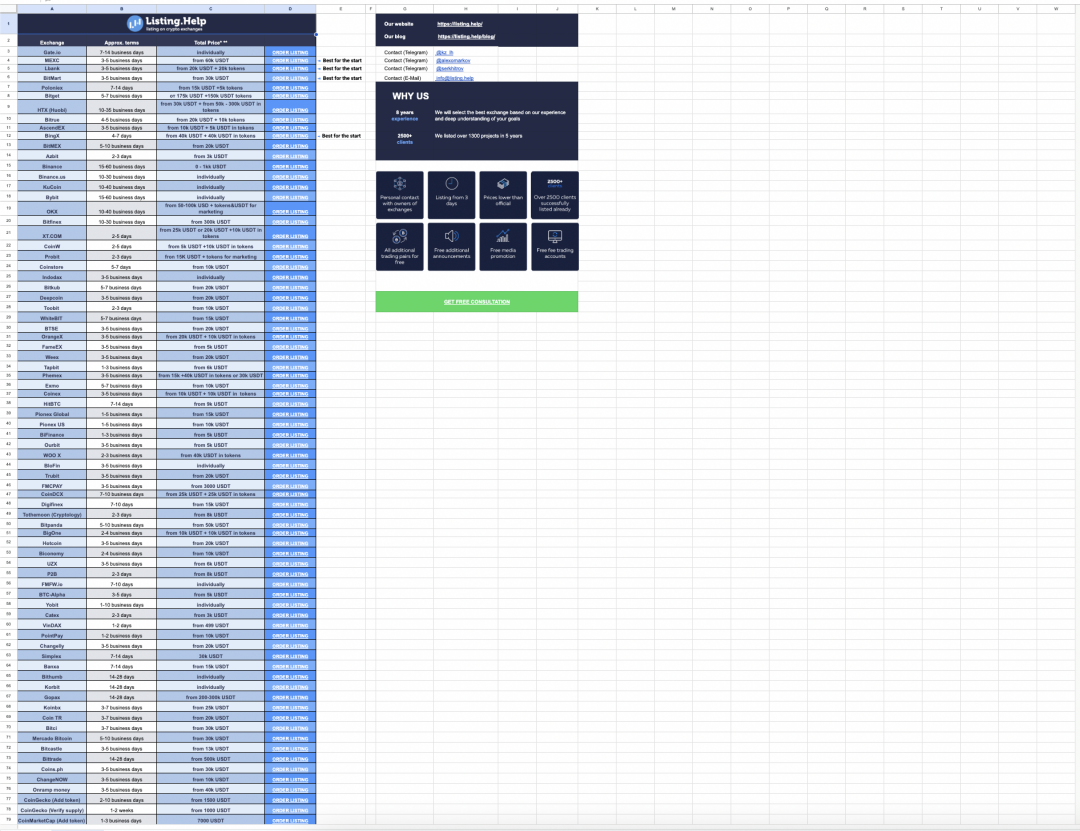DexScreener Listing Cost — How Much Does It Cost to Appear in 2025?
 October 27, 2025
October 27, 2025 Updated: October 27 2025, 10:46
Updated: October 27 2025, 10:46
LEAVE A REQUEST
Launching your own token project? Our experts are ready to help with listing on exchanges, market making, marketing and other solutions
SUBMIT APPLICATIONDexScreener is a real‑time analytics and discovery platform for DEX pairs. It aggregates pools from leading AMMs across multiple chains (Ethereum, BNB Chain, Solana, Polygon, Arbitrum and more) and surfaces price, volume, liquidity and on‑chain signals within minutes of pool creation.
DexScreener is not an exchange and does not charge a listing fee. Pairs appear automatically once a valid pool is created on a supported DEX. This guide explains the real costs behind a successful DEX launch that will be properly indexed by DexScreener in 2025 — liquidity, audits, metadata, and communications — plus a checklist for fast discovery across chains.
What Is the DexScreener Listing Cost in 2025?
Platform fee: $0. DexScreener does not sell listings. However, teams should plan a realistic launch budget across three buckets: liquidity, security & compliance, and communications.
Typical 2025 ranges:
– Liquidity & market making: $15K–$200K+ depending on chain, target pair (e.g., ETH/Token, USDC/Token, BNB/Token, SOL/Token), and desired slippage at a target trade size.
– Security & compliance: $10K–$80K for audits, monitoring/bots, and legal review of token design where applicable.
– Marketing & awareness: $10K–$120K for PR, KOLs, community, tracker submissions (CMC/CG), and wallet/aggregator integrations.
The real driver of visibility on DEX trackers is liquidity depth and organic activity on credible pairs, backed by audited contracts and accurate metadata (logo, symbol, links).
Key Factors That Influence DexScreener Visibility and Timeline
DexScreener prioritizes pairs that demonstrate:
– Primary chain & pair quality: blue‑chip pairs (ETH/USDC/BNB/SOL) route more flow and are indexed widely.
– Liquidity depth at launch: design for slippage <1–2% at your target trade size; thin pools harm discovery.
– Security signals: independent audit(s), verified code, clear ownership privileges, timelocks/multisig.
– Accurate metadata: logo, symbol, decimals, website, socials; published on token lists where applicable.
– Aggregator coverage: ensure routing via DEX aggregators (e.g., 1inch, 0x, Jupiter on Solana) is correct.
– Sustained organic volume: guard against inorganic wash trading; focus on real integrations and users.
Supported Chains & DEX Examples (2025)
Common combinations that index well across the ecosystem:
• Ethereum — Uniswap v2/v3, SushiSwap
• BNB Chain — PancakeSwap v2/v3
• Solana — Raydium (AMM + CLMM)
• Polygon — QuickSwap
• Arbitrum — Uniswap/SushiSwap, Camelot
• Others — Base, Avalanche, Optimism (major AMMs)
Pairs with stablecoin legs (USDC/USDT) or native assets (ETH/BNB/SOL) tend to see stronger routing and lower slippage.
Metadata, Token Lists, and Verification (DexTools / TrustScore)
Beyond DexScreener’s automatic indexing, projects should strengthen trust by:
• Publishing accurate token metadata and submitting to reputable token lists used by wallets.
• Verifying contract source code on explorers (Etherscan/BscScan/Solscan/Polygonscan) and documenting privileges.
• Pursuing verification signals on related tools: DexTools (Pair Verified / TrustScore), RugCheck/SolanaFM (for Solana), and similar.
While DexScreener itself doesn’t sell verification, third‑party trust badges and clean metadata improve click‑through and watchlists.
DexScreener Listing Requirements (2025 Checklist)
Pre‑launch checklist:
✅ Deploy verified token contract with transparent privileges and renounce/timelock where reasonable.
✅ Create a pool on a supported DEX/chain; choose sensible fee tiers and initial depth for your target slippage. Hiring a specialist firm like Listing.Help can significantly improve the quality and success of your launch.
✅ Publish audits and addresses; maintain a public registry of all official contracts and pools.
✅ Prepare metadata (logo, symbol, links) and submit to token lists; sync with wallets and aggregators.
✅ Coordinate CoinMarketCap/CoinGecko submissions for broader discovery; ensure data consistency across platforms.
✅ Establish monitoring/alerts for liquidity, price impact, and potential spoofed pools.
How to Appear on DexScreener — Step‑by‑Step
Operational sequence:
1) Decide primary chain and pair(s); set slippage goals and initial liquidity budget.
2) Finalize contract, audits, and explorer verification; document ownership/taxes and multisig/timelocks.
3) Create the pool on the target DEX; seed liquidity to meet depth targets; publish pool address.
4) Register metadata and token lists; coordinate with aggregators and wallets for routing and display.
5) Announce the exact pool address; educate users; monitor for fake pools and report them promptly.
6) Track KPIs (depth, slippage, routing share, holders); expand liquidity, pairs, and chains as demand scales.
DEX vs. DEX Trackers — Price and Fit
How DEX‑first discovery compares to CEX listings and data trackers:
| Venue | Listing Fee | Notes |
| DexScreener (tracker) | $0 | Automatic indexing from supported DEXs; visibility depends on depth/volume |
| CoinGecko / CoinMarketCap (tracker) | $0 | Require exchange coverage + proofs; broader retail discovery |
| Mid‑tier DEX | $0K – $200K | Fee + liquidity + marketing; faster retail reach |
Timeline and Practical Tips
– Prep (1–2 weeks): audits complete, metadata ready, token list submissions.
– T‑0: pool creation and initial liquidity, announcements, aggregator sync.
– Post‑launch (1–4 weeks): grow depth, open more pairs/chains, pursue verification signals.
Tip: publish the exact pool address and maintain a registry of official links to prevent phishing.




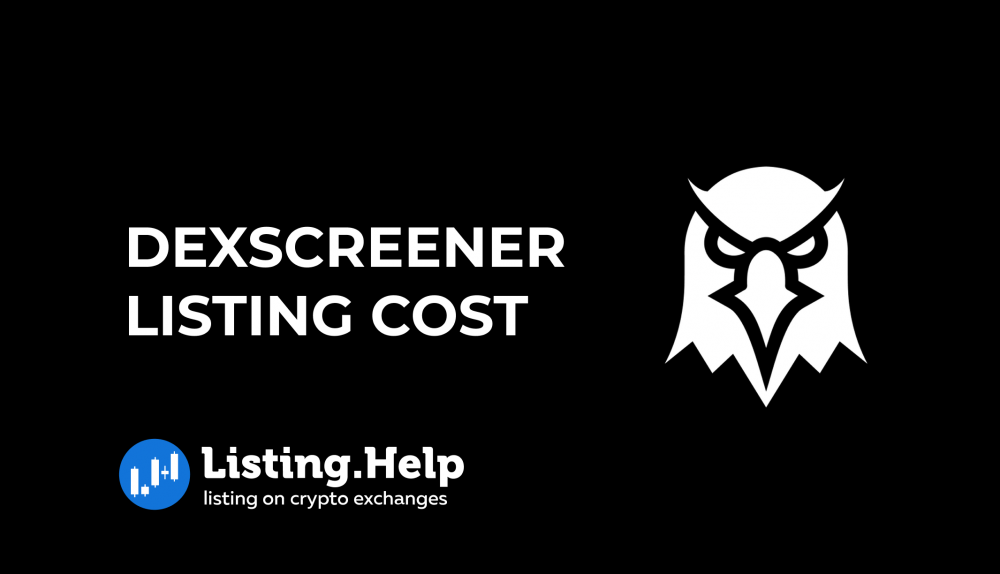


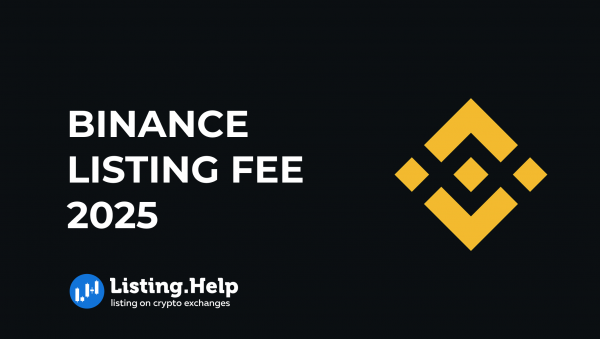
 October 27, 2025
October 27, 2025 